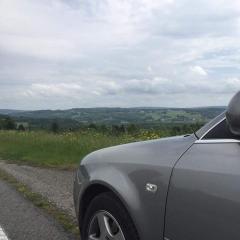A Military Contract and Rally Racing Led Audi to Revolutionize All-Wheel Drive

By
Steve Q,
in Audi Motorsport
-
Latest Club Discounts (See All Discounts)

-
Topics

By
Steve Q,
in Audi Motorsport
Latest Club Discounts (See All Discounts)



Recommended Posts
Join the conversation
You can post now and register later. If you have an account, sign in now to post with your account.